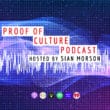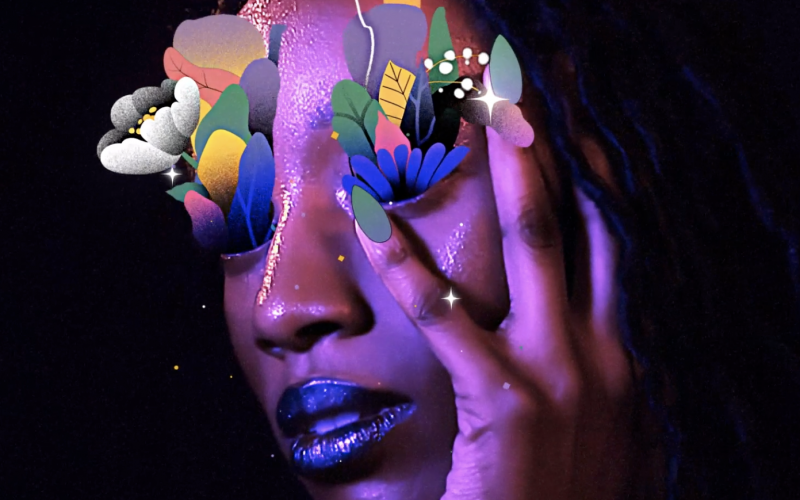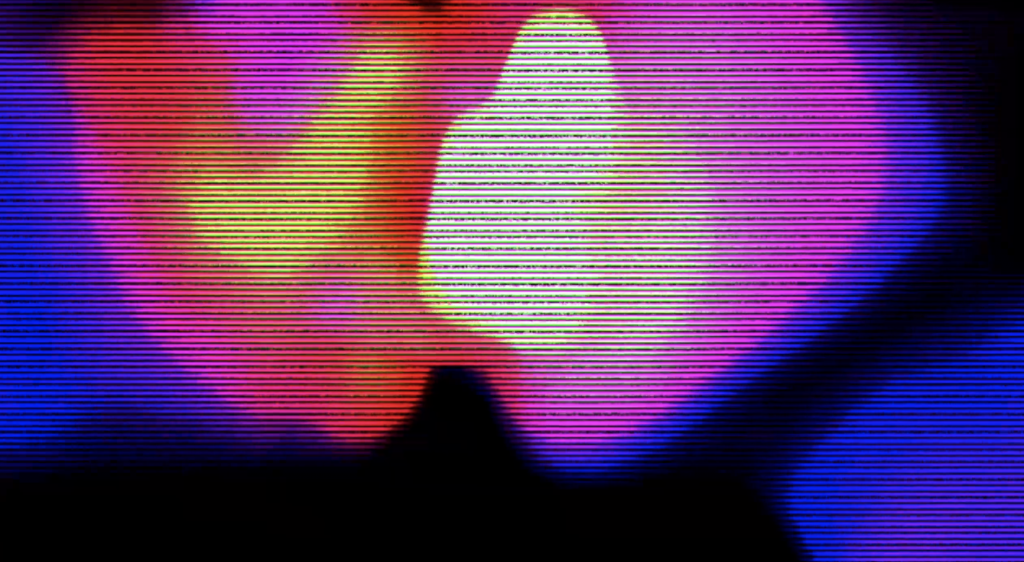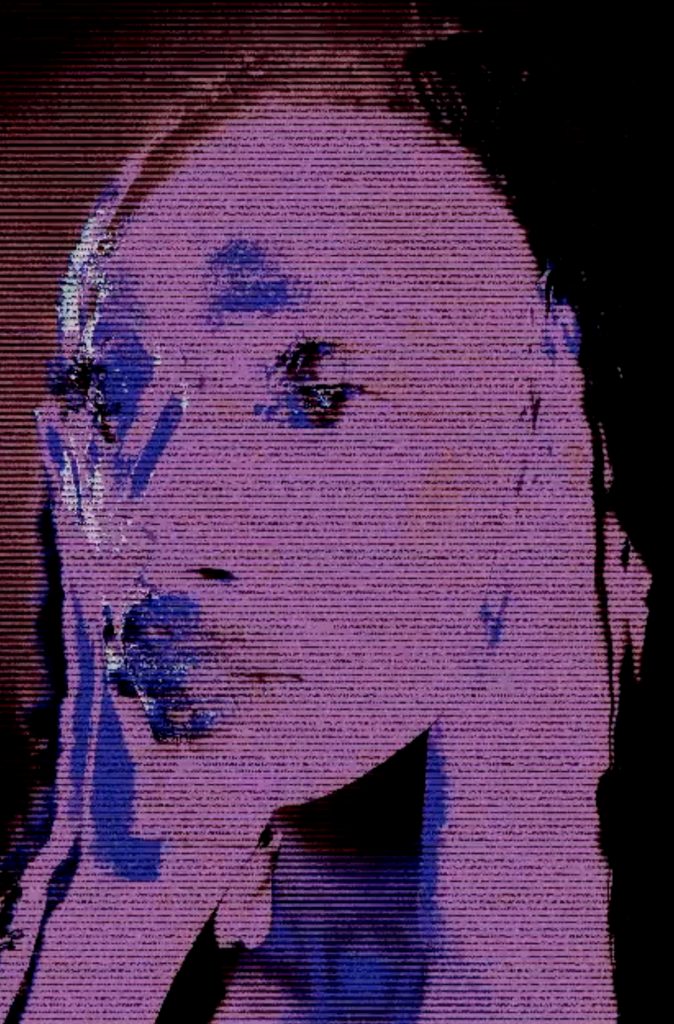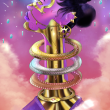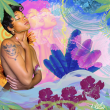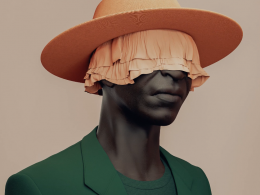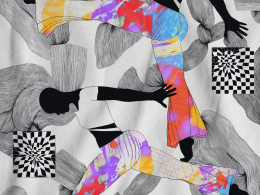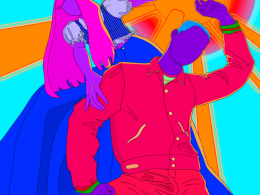Diana Sinclair is The Future.
This week’s artist feature is none other than the inimitable Diana Sinclair. Diana is easily one of the most dynamic and captivating people in the NFT space. She is a talented photographer and an activist, using her platform to elevate her fellow artists. At 17 years old, Diana is the bright light that conceived and curated the Digital Diaspora show currently being featured on Foundation and opening IRL at SuperChief Gallery in NY on Juneteenth.
When did you first pick up a camera?
I like to think that cameras are readily available to all of us, like on our cell phones, but the first time that I really used a camera was during a summer camp many years ago. It was just a quick class but it sparked my initial interest. Unfortunately, afterward, I wasn’t able to get my hands on my own camera for a very long time. The first time I started really photographing and was able to get my own camera, was in February 2020. My partner, Jesse, bought me an old Nikon second-hand off eBay, and it really did the job! I used it up until November 2020.
What appealed most to you about photography?
I got into photography initially because of filmmaking. The part of filmmaking that I most enjoyed was crafting an image and creating a scene for the viewer. When I first made my films, I actually took screenshots from the video and sent them out to photography competitions. I ended up winning national awards and I had a lot of fun working on the still images. Realizing how much I enjoyed the creation of the stills, made me decide to pursue photography. To me, I think it’s really cool to create surreal imagery on set, and see that come to life with lighting, makeup, set, etc. In photography, there’s also an inherent connection with the subject, which has its perks and disadvantages, but I feel like it adds more humanity to my work and to photography as a medium in general.
All art is personal, but your work really digs deep. Talk about using photography as a tool to explore complex themes.
I feel like photography is a very intimate art form because whoever is in front of the lens is automatically added to the creation of the artwork. For a lot of my work, I’ve tried to include, even if partially, the story of the model. The biggest example of this is “Blurring the Binary” which is based around my generation’s but more specifically my partner’s experience with gender perception. For me, that connection through the lens is important to my photography work, especially when it comes to examining concepts like identity, perception, race, and sexuality.
Your activism is at the core of your work. Can you talk to us about that?
A lot of my work does have to do with social issues or just questions that I ponder in my day-to-day life. Although I wouldn’t say that all of my work is focused on activism per se, I do think that as an artist the fears and the hopes I have for the world and myself find their way into the things I create, as it obviously would. I try to, while I do have my own fears, relate beautiful and hopeful images in my work despite the pain that it may be stemming from. As an artist in the past, I have directly used my artwork for protesting, raising awareness, or fundraising. Most recently, I’m working to help run Towards Utopia which is an anti-racist fundraising initiative designed to help marginalized groups, primarily Black trans women, chiefly in New York City.
I wrote that artists of color don’t have the luxury to separate what they do from who they are. Do you agree? Why or why not?
I do agree, but we don’t have to operate as such. No one is beholden to create work or to present themselves in any way that they don’t want to or that doesn’t feel authentic to themselves. Unfortunately, though, perception is not anything that we can control and because of this, others will look at your work and perceive your work under the lens that they decide. Now for some that may feed into their work, but for others, it may hurt it. Unfortunately being an artist of color means that others are viewing your work with certain expectations which are very hard to avoid, if not nearly impossible. Especially with such concentrated stereotypes in the media, it’s hard to create art without making a statement that involves your identity, but again these “restraints” actually lie on others because their worldview isn’t open to perceive beyond what they allow themselves to. That doesn’t mean that we have to operate or change our practices to accommodate the way others will look at us.
You’ve won awards for your physical work. When and why did you enter the NFT space?
I started working in the crypto art space just over a month and a half ago now. My partner, Jesse, at the time had just started creating 3D art and the artists he was meeting were all beginning to mint their works as NFTs. Back then it was entirely new to him, but he was very excited about it and wanted me to mint work as well. I was a little bit cautious and not yet sure whether my artwork would be well-received. After getting over that hurdle and realizing that the space was (and is) so new, I only needed to believe in my work and other people would as well. Then, I began to mint my first series and it did extremely well. That first step was, in a way, an experiment to dip in my toes and experience first-hand what it was like, after having already spoken to many artists and become a part of the community.



